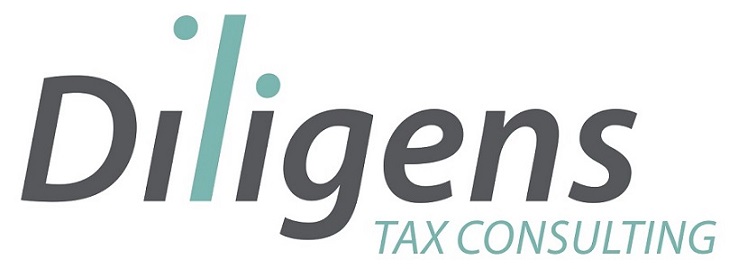Solutions to double taxation: corresponding adjustments through mutual agreement procedures
The information exchange between tax administrations of different countries is becoming more frequent. In this regard, there are tax inspections related to intercompany transactions in which an adjustment is applied and it may result in a double taxation. In such cases, it is interesting for taxpayers to know the following solutions in order to avoid it.
On one hand, taxpayers can request from the Administration the application of corresponding adjustments. In practice, these adjustments can be developed as part of the mutual agreement procedure. Under this procedure, tax administrations can deal with problems in a non-contentious manner and reach negotiated solutions for the benefit of all parties and taxpayers can have their interests protected.
Mutual Agreement Procedure (MAP):
Mutual agreement procedures are mechanisms for resolving queries on the interpretation or application of double taxation conventions. They are an increasingly efficient instrument for the resolution of international disputes and for mitigating double taxation, and are much more effective alternative to judicial review processes for resolving such disputes.
The main aspects to be taken into account are the following:
- How is this procedure initiated?
The first step to start a MAP is submitting a written statement to the AEAT (Spanish Tax Administration) in which the following information must be included as a minimum:
– Name, tax address and tax identification number of the taxpayer submitting the application.
– Identification of the competent foreign tax administration.
– Article of the convention that the taxpayer considers has not been correctly applied, as well as his own interpretation of this article.
– Identification of the tax periods affected.
– Detailed description of the administrative or judicial appeals interposed by the taxpayer, if any, and their resolution; and indication of whether the taxpayer has previously interposed an application on the same issue to be resolved.
– A statement if the application includes issues that are part of an advance pricing agreement.
– Taxpayer’s commitment to respond promptly to the administration’s requirements, as well as date and signature of the application.
In addition to the request, if the mutual agreement procedure is related to adjustments for related party transactions, taxpayers must provide the transfer pricing documentation. Furthermore, taxpayers have to provide copies of the tax assessment notices, its notification and the reports of the tax inspection in relation to the case, and copies of resolutions or agreements issued by the Administration that affect the mutual agreement procedure.
However, if the taxpayer has to amend any document, the tax administration grants the taxpayers a period of one month.
Which is the role of the taxpayer in this procedure?
Taxpayers may initiate mutual agreement procedures, although they are not entitled to participate in them since this is an inter administration procedure and their participation should be left to the discretion of these authorities. The role of the taxpayers in this procedure consists of providing the Tax Authorities with the information required and the acceptance of the agreements reached by the tax administrations.
How does this procedure work?
Once the Administration has accepted the request to start the procedure, it will have four months to prepare an initial Spanish proposal. This proposal will be transferred to the tax Administration of the other state involved in the procedure with the aim of reaching an agreement between both within two years.
After this period, if the Authorities fail to reach an agreement, the taxpayer may request an arbitration to solve the disputed issues. It should be noted that the outcome of this arbitration is binding on the parties.
The procedure may be ended for the following reasons:
– Withdrawal of the taxpayer from continuing the procedure.
– When the administrations of the parties concerned reach an agreement both to eliminate and not to eliminate the double taxation.
Previous paragraphs mention briefly how does the MAPs work. However, in practice, they are more complex.
Despite this, MAPs have become increasingly used for avoiding double taxation. Therefore, if you are interested in this procedure and would need assistance on this matter, please do not hesitate to contact us by e-mail at e.valero@diligens.es
Click here if you need more information about our services in transfer pricing advisory or you can contact us by info@diligens.es




